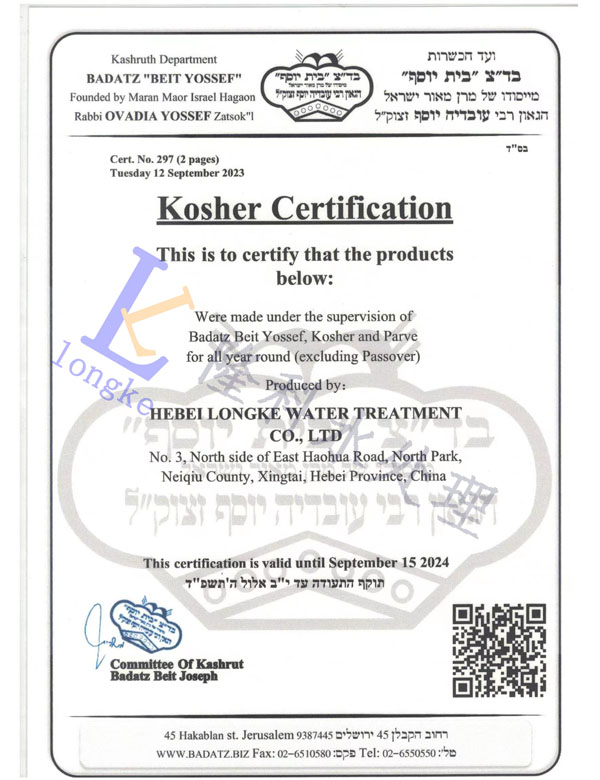Exploring the Chemical Properties and Applications of Polycarboxylic Acids in Various Industries
Understanding Polycarboxylic Acids Structure, Properties, and Applications
Polycarboxylic acids are a group of organic compounds that contain multiple carboxylic acid functional groups (-COOH) within their molecular structure. These acids play a significant role in both nature and various industrial applications, owing to their unique properties and versatility. This article explores the structure, characteristics, and applications of polycarboxylic acids.
Structural Features
The defining feature of polycarboxylic acids is the presence of two or more carboxylic groups in their molecular structure. Common examples include citric acid, tartaric acid, and malic acid. The presence of multiple carboxylic groups allows these molecules to engage in various chemical reactions and interactions. The carbon skeleton can be linear, branched, or cyclic, which influences the acid's reactivity and solubility.
The carboxylic group itself is polar and can form hydrogen bonds with other polar molecules. This property not only impacts the solubility of polycarboxylic acids in water but also their behavior in biochemical processes, as they can act as weak acids and participate in various acid-base reactions.
Chemical Properties
Polycarboxylic acids tend to exhibit stronger acidic behavior than their monocarboxylic counterparts. The presence of multiple carboxylic groups means that they can donate more protons (H⁺) in solution, enhancing their acidity. Additionally, the acidity can vary depending on the number and arrangement of the carboxylic groups and any substituent functional groups present in the molecule.
Furthermore, polycarboxylic acids are known to form metal complexes and chelates, which can modify their properties and reactivity. This capability is particularly important in agricultural and medicinal chemistry, where such compounds can be used to enhance the bioavailability of nutrients or drugs.
polycarboxylic

Applications
The multifaceted nature of polycarboxylic acids makes them valuable in various fields. In the food industry, citric acid, one of the most widely used polycarboxylic acids, serves as a natural preservative and flavoring agent. Its ability to chelate metal ions helps prevent spoilage and enhances the stability of foods.
In the realm of pharmaceuticals, polycarboxylic acids are utilized in drug formulations. For example, tartaric acid is often used to stabilize certain medications, while other derivatives are employed for controlled drug release mechanisms. The capability of these acids to form stable complexes with metals also finds application in diagnostic and imaging agents, where they enhance the effectiveness of MRI and other imaging techniques.
Polycarboxylic acids are also significant in the production of polymers. They serve as key building blocks in the synthesis of polyesters, polyamides, and other biodegradable plastics. For instance, maleic acid and fumaric acid are essential monomers in creating a range of industrial polymers. These materials are increasingly important given the rising demand for sustainable and environmentally friendly products.
In agriculture, polycarboxylic acids can improve nutrient uptake in plants. Their chelating properties help mobilize essential micronutrients, making them more accessible to crops. This is crucial for enhancing soil quality and promoting plant health, ultimately leading to increased yields.
Conclusion
Polycarboxylic acids are a diverse and invaluable group of compounds with significant implications in various fields, from food science to pharmaceuticals and agriculture. Their unique structural characteristics and chemical properties make them critical in enhancing product performance and addressing modern challenges. As research continues, the potential uses of these acids are likely to expand, reinforcing their role in advancing technology and sustainability across multiple industries.
-
Understanding Polycarboxylic Acids: Properties, Applications, and Future PotentialNewsJul.28,2025
-
Scale Inhibitor Explained: How to Protect Your System from Limescale and Hard Water DamageNewsJul.28,2025
-
Scale and Corrosion Inhibitors: Essential Chemicals for Industrial Water System ProtectionNewsJul.28,2025
-
Polyaspartic Acid: A Biodegradable Polymer for Sustainable ChemistryNewsJul.28,2025
-
Isothiazolinones: A Versatile Antimicrobial Class with Industrial Power and Regulatory ChallengesNewsJul.28,2025
-
A Deep Dive into 2-Phosphonobutane-1,2,4-Tricarboxylic Acid (PBTC)NewsJul.28,2025





